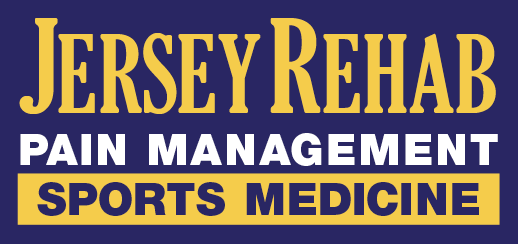Common Causes of Back Pain and How to Prevent Them
Introduction
Back pain is a widespread issue that affects individuals across all age groups, often stemming from a variety of causes. It can range from a dull ache to sharp, debilitating discomfort, significantly impacting daily life. Understanding the root causes of back pain is vital for effective prevention and long-term spinal health.
By identifying common mechanical, lifestyle, and injury-related factors that contribute to back pain, individuals can take proactive steps to reduce their risk and maintain a healthy back. This guide explores these causes and provides actionable tips for prevention.
Mechanical Causes of Back Pain
The spine is a complex structure of bones, discs, ligaments, and muscles, all working together to support the body and enable movement. When this system is disrupted, it can lead to back pain.
Spinal Mechanics and Common Issues
- Herniated Discs: Occurs when the soft inner material of a spinal disc pushes through its tougher exterior, irritating nearby nerves and causing pain.
- Bulging Discs: Similar to herniated discs but less severe, as the disc bulges outward without rupturing.
- Degenerative Disc Disease: Age-related wear and tear on spinal discs can reduce their cushioning ability, leading to chronic pain and stiffness.
Muscle or Ligament Strains and Sprains
Overstretching or tearing of muscles and ligaments in the back often occurs from sudden movements, heavy lifting, or repetitive strain. These injuries are common but typically heal with rest and proper care.
Lifestyle and Postural Factors
Modern lifestyles often contribute significantly to back pain. Poor habits and inactivity can place undue stress on the spine and surrounding structures.
- Poor Posture: Slouching, hunching over screens, or standing incorrectly can strain the spine and surrounding muscles, leading to misalignment and discomfort over time.
- Sedentary Lifestyle: Prolonged sitting weakens the core and back muscles, reducing their ability to support the spine. This leads to increased susceptibility to back pain during physical activity.
- Weight and Ergonomics: Excess body weight places additional stress on the lower back, while poorly designed workspaces or improper lifting techniques can exacerbate strain on the spine.
Injuries and Accidents
Traumatic events and physical activities can often lead to back pain, either immediately or as a result of cumulative stress.
- Sports-Related Injuries: High-impact activities or improper techniques during exercise can cause strains, sprains, or even fractures. Sports like gymnastics, weightlifting, and running are particularly high-risk.
- Workplace Injuries: Occupations requiring heavy lifting, repetitive motions, or long hours in poor ergonomic conditions are common sources of back pain. Improper lifting techniques and repetitive strain are key contributors.
- Car Accidents and Trauma: Sudden impacts, like those experienced in car accidents, can lead to whiplash, spinal fractures, or disc injuries. These can have lasting effects if not properly treated.
Preventing Back Pain
The best way to manage back pain is to prevent it from occurring in the first place. By adopting healthy habits and making conscious adjustments to daily routines, individuals can significantly reduce their risk.
Proper Posture and Ergonomics
- Sit with feet flat on the floor, knees at a 90-degree angle, and back supported.
- Use ergonomic furniture and ensure screens are at eye level to prevent neck strain.
- Stand tall, with shoulders back and weight evenly distributed.
Strengthening Exercises for the Core and Back
- Incorporate exercises like planks, bridges, and back extensions to strengthen the muscles that support the spine.
- Regularly practice activities like yoga or Pilates to improve flexibility and posture.
Regular Movement and Stretching
- Avoid sitting for prolonged periods; take short breaks to stretch and walk every 30 minutes.
- Perform gentle stretches targeting the back, hamstrings, and hip flexors to reduce stiffness.
In conclusion, back pain is a common yet often preventable condition. By understanding its causes—whether mechanical, lifestyle-related, or injury-induced—individuals can take proactive steps to protect their spinal health.
Prevention is the cornerstone of long-term back health, and even small lifestyle adjustments can yield significant benefits. Prioritize proper posture, regular exercise, and ergonomic practices to maintain a strong and healthy back. Remember, taking care of your back today can help you avoid pain and discomfort tomorrow.
